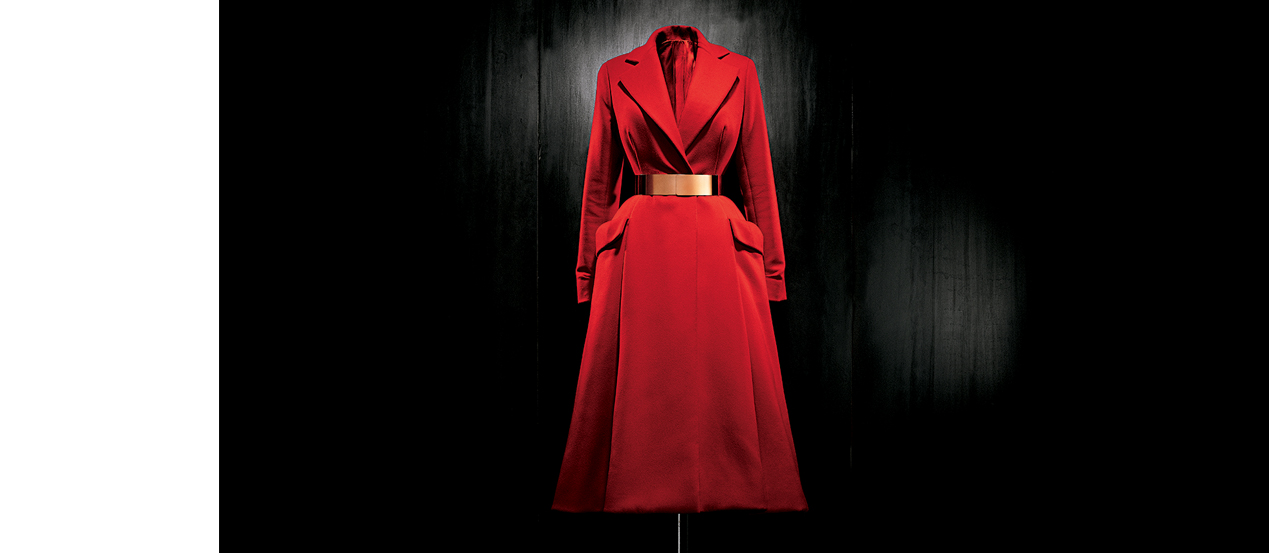France, 1946 — The country reels from the infamy of Nazi conquest and collaboration.
But just as there has been a strong pocket of Resistance to tyranny, there is a new movement to rehabilitate l’homme Français and la femme Française.
Enter Christian Dior, the subject of Assouline’s excellent new “Dior” — text by Farid Chenoune and photography by Laziz Hamani — which places the founder of the House of Dior and his five successors in the context of their times.
It was in 1946 in a small Second Empire-style hotel that had been built by Count Alexandre Walewski, Napoleon’s natural son, that Dior established his house, with his first haute couture collection appearing the following year. Gone, Chenoune writes, was the mannish silhouette — the square shoulders and short skirts — of the war years. In its stead was a return to feminine curves. And women reveled in it the way you savor spring after a harsh winter.
“They yearned to be like the ‘flower women’ who paraded in the enchanted world that was the Dior salon, with their tiny waists, high busts, delicately sloping shoulders and exaggerated hips,” Chenoune writes, “to have voluptuous curves once more and a cinched-in waist; to feel the swooningly, bewitchingly feminine movement, the elegant swirl, whirl, flounce and flair of these entrancing gowns with their layers of petticoats and yards of fabric, swooping down to flirt (within a mere foot or less of the Parisian sidewalk) with the hemline of desire.”
The English writer Nancy Mitford, living in Paris, wrote excitedly to her sister Diana Mosley, dubbing Dior creations — always accompanied by carefully thought-out accessories and, ultimately, fragrances like Poison and J’Adore — “Anna Karenina clothes.” Carmel Snow, then editor-in-chief of Harper’s Bazaar, gave them a collective name — the “New Look.”
The Dior silhouette would be shaped and reshaped in the years following Dior’s death in 1957 while on holiday in Italy. Yves Saint Laurent, the uneasy heir apparent, would flatten, straighten and raise it with modern takes on Empire and flapper styles. Marc Bohan’s long tenure was more about reserved craftsmanship than memorable creations, although one does tend to think of the demure red wool day dress with big side buttons that Jacqueline Kennedy wore for her 1962 televised tour of the White House.
Gianfranco Ferré created a luxe, razor-sharp look that appealed to Ivana Trump and Princess Diana alike.
And then came John Galliano, he of the corseted, ripped, rippling bondage couture — and more. Galliano gave the Dior silhouette a sexy edginess. The book includes a small photograph of the gown he created for Nicole Kidman’s 1997 Oscar appearance — a chartreuse satin affair with chinoiserie embroidery and thigh-high slits, a total knockout. It’s the kind of dress that has led fashion insiders to speak of Galliano’s genius in hushed tones even as they shake their heads at his behavior.
In 2011, he was dismissed from Dior following his arrest in Paris for drunken, anti-Semitic rants — something the book does not discuss. A year later, he was succeeded by Raf Simons, who, in a sense, has brought the House of Dior full circle. The Simons section includes a photograph of Jennifer Lawrence after receiving her Oscar (for “Silver Linings Playbook”) in his strapless blush fit-and-flare ball gown.
No doubt Dior himself would be pleased.


